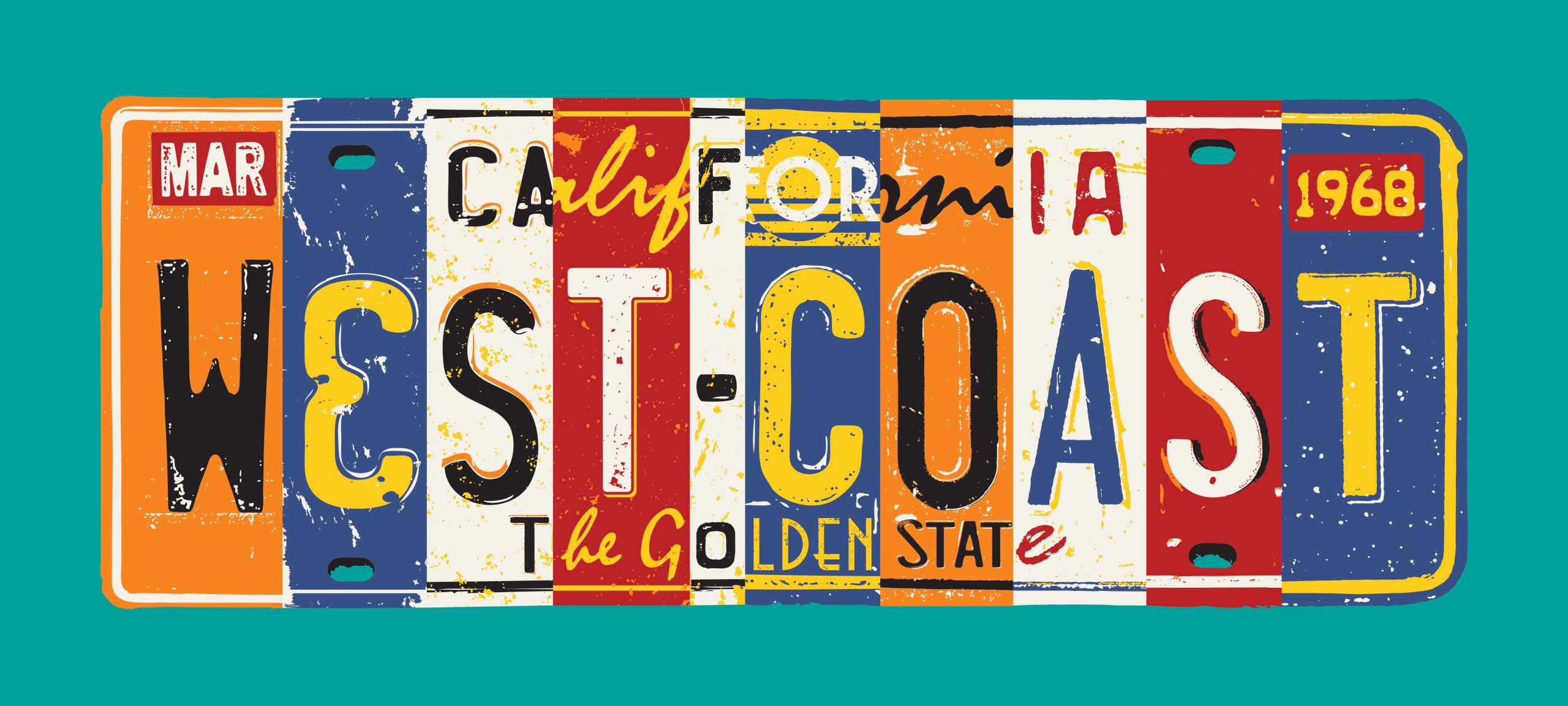 Originally, chamber music referred to a type of classical music that was performed in a small space such as a house or a palace room, and typically featured smaller ensembles that played without a conductor. Today, chamber music is performed very similarly in terms of both venue and instrumentation. A chamber orchestra is usually composed of 40 or fewer musicians and because of the limited number of instruments in the group, each instrument plays an equally important role. Generally speaking, chamber music is performed by only one player per part.
Originally, chamber music referred to a type of classical music that was performed in a small space such as a house or a palace room, and typically featured smaller ensembles that played without a conductor. Today, chamber music is performed very similarly in terms of both venue and instrumentation. A chamber orchestra is usually composed of 40 or fewer musicians and because of the limited number of instruments in the group, each instrument plays an equally important role. Generally speaking, chamber music is performed by only one player per part.
The following chamber music pieces should be a part of every string teacher’s repertoire and library.
Pastorale for Flute, Cello Obbligato, and Basso Continuo Opus 13, No.4 by Antonio Vivaldi (Kalmus, dist. by Warner Bros.)
A pastorale is an instrumental or vocal piece written in imitation of the music of shepherds, their shawns, and pipes. This song is typical Vivaldi: the warm, sonorous lines meld together to create a masterpiece of tranquil chamber music. It is written in 6/8 or 3/8 meter, marked Larghetto, suggestive of a lullaby – a tender flowing melody with sustained notes in the key of A major. This grade- three level piece will delight students and listeners alike.
The cello gently imitates the motive stated by the flute in numerous places throughout. A talented bass player can play the cello part. Most proficient play- ers will rise to the occasion when attempting to play this obbligato part. The Basso Continuo is played by the piano. The solo may be performed with flute, oboe, or violin. The articulation is well marked for the flute, and the phrasing is carefully allocated for the cello. The cello remains in bass clef throughout the piece.
This selection offers a wonderful change of pace during a full orchestra concert, and would highlight the ensemble’s most talented students. Renditions for 46 School Band and Orchestra, March 2011
flute and piano, and for flute, cello and piano may be viewed on YouTube by typing “Pastorale by Vivaldi.”
Sonatine by Maurice Ravel (1875- 1937) arranged by Philip Gordon (Carl Fischer)
Although the piece is titled “Sonatine” rather than “Sonata,” its diminutive title refers to its modest length. This challenging piece is an arrangement for strings of the first movement of this piano work. It is rat- ed grade four, which requires careful listening in order to negotiate the dis- sonant harmonic treatment and tonal color of this master composer.
This colorful work is scored for three violins, viola, cello and string bass, with an optional piano accom- paniment that generally doubles the viola, cello, and bass parts through- out, thus reinforcing the low regis- ter. The third violin part plays di- visi, meaning that two players are assigned to that part. This charming piece is marked moderato, is in 2-2 meter and is in the key of F# minor (Aeolian mode), and is in sonata- allegro form. The opening theme of the first movement is subject to variations and transformations in the second and third movements – a technique refined by Liszt.
This song is not to be played too fast. The inner voices are quiet and slightly held back. The tender melody is played legato and dynamics must be carefully observed. Characteristic throughout is the importance given to the accented upbeats and the crescen- dos and diminuendos. Use this won- derful piece to teach expression and tone color.
There are numerous dissonant chords or unexpected chord progres- sions such as: the use of minor 7th with a flatted fifth, ninth chords with- out the fifth (a compositional tech- nique favored by Debussy and other impressionists, especially when these ninth chords move in parallel mo- tion), numerous chromatic progres- sions, and D major triads moving to C major triads. An occasional major sev- enth chord places the root and the major seventh in adjacent voices creating a minor second dissonance. Intonation can be a problem for fledgling string players who have not yet heard or played these types of dissonances.
Perform this with generous amounts of rubato and with a slight pause before the restatement of the main theme. It can be used as a “color” piece to add variety during a concert. A piano version of this piece can be found on YouTube. Highly recommended for moderately advanced string players.
Suite and Light (Stringsets): Four Jazzy Originals by Tony Osborne (Faber Music Limited)
A string section is enhanced by providing opportunities to explore syncopation and rhythmic contrast. These four movements are written with a jazz feel and employ numerous syncopated figures. The set is scored for two violins, viola or violin three, cello and an optional bass part.
The four sections are as follows:
- “Thoroughly Modern Varnish”(in the key of C major). This is a bright and cheerful piece that projects the feel and style of the 1920s Charleston style. It uses the following syncopations: (Ex. 1)
- “Soap on a String” (in the key of F major and modulates to Bb major) is to played sensitively and with expression. The beautiful, tender theme is developed during the seventy-five measures. The inner parts contain smooth voice leading and have interesting moving lines. The syncopated figures are: (Ex 2)
- “Woody Waltz” (in the key of G major) is in lilting three-four meter in the mixolydian mode and should be performed in a flowing and rhythmic style. It uses the following syncopated figures: (Ex 3)
4. “Groovy Strings” (in the key of C major) should be played with power and movement. Two very effective grand pauses (GP) occur early in the movement and add an element of surprise and tension. This movement is in the mixolydian mode and has a bluesy feel. It uses the following syncopated figures:
Students are challenged at any level due to the jazz syncopations and use of the keys of C and F. It should be placed in grade level three for these reasons. Synco- pated jazz figures are best taught through physical movement and vocal expres- sion. Here is a useful approach to the teaching of syncopated rhythms: • Write the rhythmic patterns on the board and ask the students to clap and sing the patterns. The “ear to eye” approach works well when learning syncopated figures.
- Have the students play each rhythmic pattern in unison or in octaves, and keep repeating the rhythmic pattern until the students grasp the concept of the pattern. Have them play rhythmic patterns on the scale tones of the key of the composition.
- Scramble cue cards and ask students to clap, sing, and play whatever cue card is in view. Students should aim for quick and spontaneous recognition of com- mon syncopated rhythmic patterns. Stringsets is highly recommended for teaching jazz style and common syncopated patterns.
Music for Piano Quartet (Hal Leonard)
This is an Editio Musica Budapest collection containing music by Mozart, Beethoven, Schubert, Pleyel, Gebauer, Mazas, Hauptmann, and Weber.
A piano quartet is a musical ensemble consisting of a piano and three other instruments. These other instruments are usually a string trio consisting of violin, viola, and cello. These delightful arrangements of the classical masters’ works are advertised as written for string beginners and the parts are all written in first posi- tion. The parts are for violin, viola (violin 2), cello and piano.
The grade three level is realistic since the songs contain syncopated rhythms, sixteenth notes, slurred eighth notes, dotted eighth notes followed by a sixteenth, and a few double stops in the violin parts, with one or two double stops in the cello. The keys used in this collection are G,C, A, Gm, and D. Any departure from the key of D major provides a challenge for most developing string players. Some of the piano parts are a bit more complex than the string parts.
These pieces are enjoyable to play and the musicality of the pieces will chal- lenge most players.
Other Selections for Chamber Groups
Album of Easy String Quartets, Volume One (Kalmus Music)
The composers represented in this collection are Haydn, Mozart, Beethoven, Mendelssohn, Cherubini, Bach, Handel, Masse, and Schumann. Even though the collection is entitled, “Album of Easy String Quartets,” in actuality, they are not so easy. This collection is at grade level three to four, with most being grade level four. The keys represented in the quartets are C, G, Eb, Gm, Bb, F, and A, and the pieces include off-beat syncopations, single and double grace notes, and dotted quarter followed by two sixteenths. However, this collection of string quar- tets is a “Golden Oldie” that every string teacher should have in his/her library.
Easy Pieces for Three Violins, Volume One (Belwin Mills Publishing Co.)
The four pieces in this collection are Kinder Suite, Intrada in alla breve meter, with a Gigue in 6/8, Fugue, and Finale in 6/8. These pieces are in the keys G and E minor with occasional excursions into A, C, and D minor. The first violin is the most rhythmi- cally active of the three violin parts. The first violin part will provide a challenge for the more mature players. Grade level three.
12 Little Duets for Two Violins by Mazas Op 38 (Ed. by Henry Schra- dieck, Schirmer)
These interesting and challenging duets are in the keys of C, G, D, A, F, Dm, and Bb. There are some bow- ing indications to assist the players. Players must deal with double stops in both violin parts, and a few triple stops and a quadruple stop in the first violin part. Articulations are carefully done. Grade level three.
Sonata in A Minor by Antonio Vivaldi
This challenging piece is for solo cello (or viola) with piano. For extra accompaniment, a string quartet or string orchestra may be used. The so- nata is in four movements and some passages extend in the tenor clef; the cellist must be able to navigate in this clef. This is a superb, demanding piece for any cellist. The cello part is a grade level five and the other string parts are at grade level four.
Concerto in B Minor, Op 3 No. 10 by Antonio Vivaldi, (Arr. by Ralph Matesky, Wynn Music)
This piece is for four violins with piano accompaniment and is also playable by string orchestra. Vival- di’s violin parts are usually difficult and this piece merits a grade level six rating.
Vince Corozine has served as director of Music for the Peekskill, New York City schools, associate professor of Music at the King’s College in Briarcliff Manor, N.Y., and director of Music Industry Studies at Elizabeth City State University in Elizabeth City, N.C.
He performed and arranged for the USMA Band at West Point and served as music director for the annual Thanksgiv- ing Day Parade in Philadelphia, Pa. for WPVI-TV (ABC-Disney) for 10 years.
Vince is the author of Arranging Music for the Real World, (Mel Bay). He records professionally in New York, Toronto, Philadelphia, Hong Kong and China, and currently teaches 12 usic arranging courses online. www.vincecorozine.com


































